Types of Thermotherapy (Heat Therapy)
This therapy technique can be divided into two application categories - direct contact and infrared radiation.
- Direct contact thermal therapy - Physiotherapists use items like hot water bottles, electrical heating pads, heated gel packs, or heat wraps to apply heat to injured areas. These tools are convenient for patients. They can easily wear heated gel packs or heat wraps beneath their clothing and receive heat treatment for long periods.
- Infrared radiation – Instead of direct contact, the heat is applied to injured body parts via electromagnetic radiation. Physiotherapists find this method convenient. They get to apply heat to target tissues, neuron terminals, and blood capillaries directly. The temperatures of the infrared rays are usually around 42 °C.
Risks of Thermotherapy (Heat Therapy)
This simple form of therapy is very safe, effective, and easy to execute. Technically, you can get a hot water bag and perform this therapy at home without anyone’s assistance. However, therapists can cure some conditions only by heating deeper tissues. These processes require special equipment. Carrying out such processes on your own involves the risk of skin burns and tissue damage.
Benefits of Thermotherapy (Heat Therapy)
Different people benefit in different ways from this therapy technique. The most common benefits of thermotherapy (heat therapy) include:
- Athletes use it to re-mineralize their bodies and improve athletic performances
- Improves mental alertness
- Reduces accumulated stress inside muscles
- Enables people to tackle their fatigue and take part in physical activities
- Promotes enhanced mental health
- Slows aging
- Promotes healthier nutrient absorption and food digestion
- Makes the skin more elastic and firm
- Soothes, muscle aches/pain
- Cleans the skin
- Improved blood flow helps eliminate toxins from the body
- Deeply cleanses the tissues
- Strengthens the immune system
- Better sleep
- Improved physical health
- Improves breathing
Thermotherapy (Heat Therapy) is Used to Treat What Conditions?
This cost-effective therapy technique can provide pain relief to anyone, irrespective of their conditions. Be it a slip and fall accident, high fevers, or degenerative joint disease – thermal therapy can provide relief to all types of patients. Here are some conditions this therapy technique helps treat -
- Knee osteoarthritis – Thermal therapy improves the joint movement of patients. It also reduces swelling and improves muscle functions.
- Rheumatoid Arthritis (RA) – Helps patients regain joint strength and function.
- Stress-Induced Hyperthermia – Thermal therapy can help hyperthermia patients. It can also help calm the body when it experiences stress-related events.
- Chronic back pain – People suffering from chronic back pain can benefit immensely from thermal therapy. The heat activates the circulatory nerves around the damaged tissues. Increased blood flow to the back helps heal ailments faster.
- Tennis elbow – In this condition, the patient’s elbows get severely damaged due to extensive wear and tear. Physiotherapists advise such patients to combine heat and cold therapy to get maximum pain relief.
Who Shouldn’t Have Thermotherapy (Heat Therapy)?
Physiotherapists determine whether patients are fit for receiving this therapy. Here are some people who aren’t eligible for treatment using this therapy –
- A patient who is suffering from severe external injuries
- A patient who has severe swelling or bruises on his or her skin
- Dermatitis patients
- Multiple sclerosis (MS) patients
- Patients with diabetes
- Patients with deep vein thrombosis
- Patients with vascular diseases
How to prepare for Thermotherapy (Heat Therapy)?
Here are some simple steps patients can take to prepare for this therapy:
- Ask the physiotherapist whether it’s okay for you to take your routine prescription medications
- Reduce fluid intake on the day of the treatment
- Avoid caffeinated beverages and alcohol two days prior to the procedure
- Eat light breakfasts or lunches on the day of treatment
- Arrive one hour before the procedure; spend this time relaxing
- Bring a family member or friend for post-treatment transportation
Recovery: What happens after Thermotherapy (Heat Therapy)
Physiotherapists apply heat to damaged body parts for only 15 to 20 minutes. Then, they gradually allow the target tissues to recover. Recovery times for patients vary based on their health conditions. It usually takes patients 30 minutes to experience significant pain relief.
Related Therapies
Here are some therapy techniques that mimic the benefits of thermotherapy (heat therapy) – cryotherapy, transcutaneous electrical nerve stimulation therapy (TENS), ultrasound therapy, and interferential current therapy.


.webp)

-Physiotherapy.webp)
-for-Shoulder-Pain-Relief.webp)
-for-Knee-Pain-Relief.webp)


-for-Back-Pain-Relief%20(1).webp)





.webp)











.webp)


.webp)
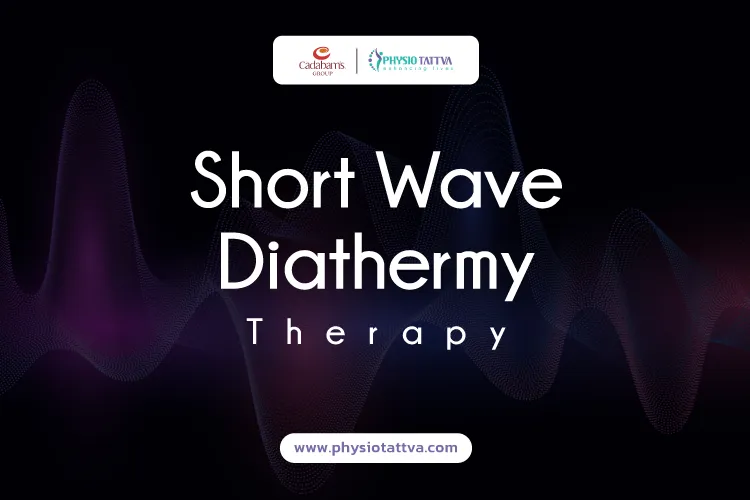
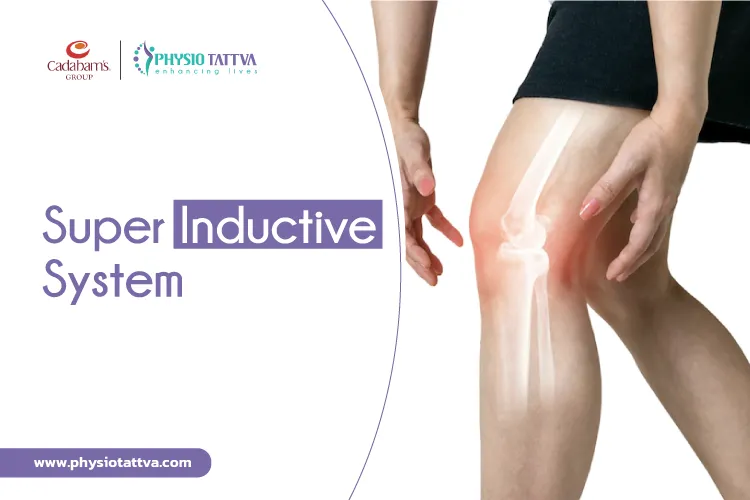
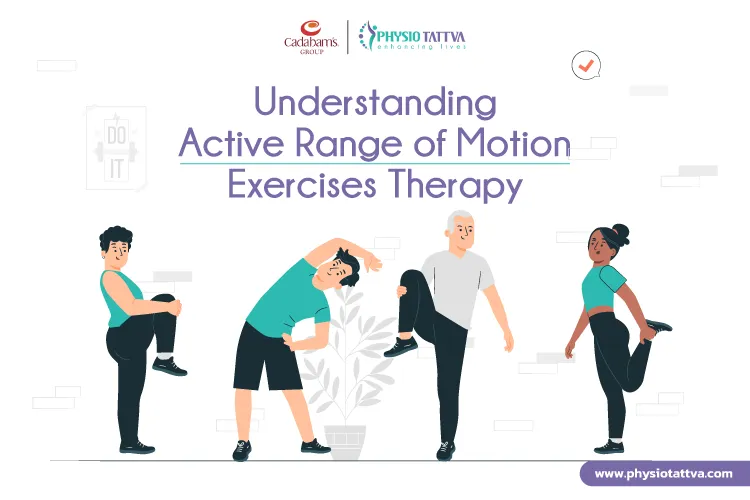


.webp)
.webp)


.webp)
.webp)


.webp)
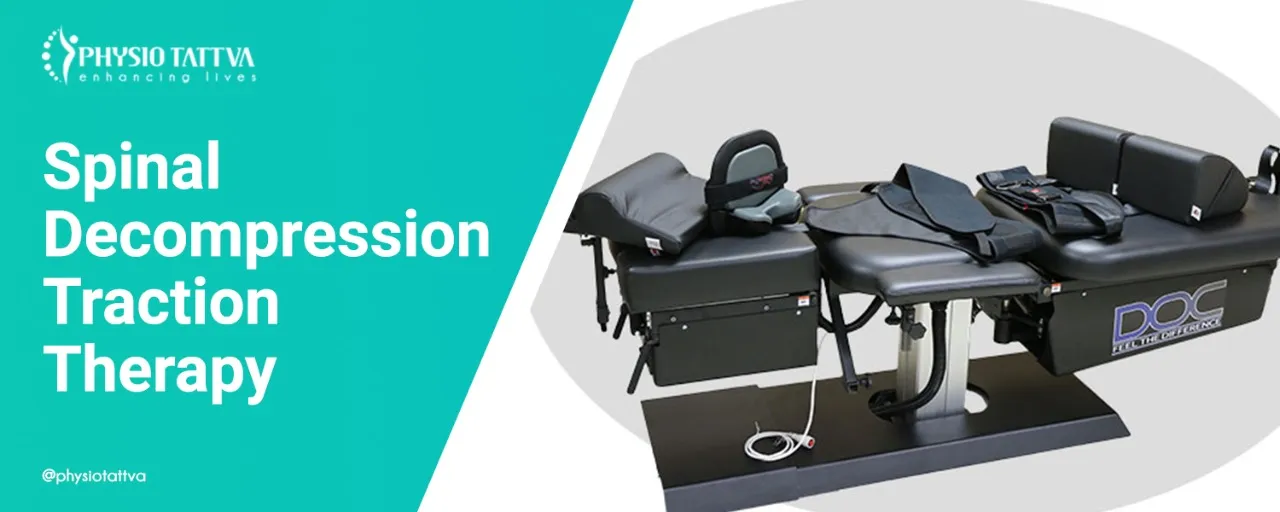
.webp)
.webp)
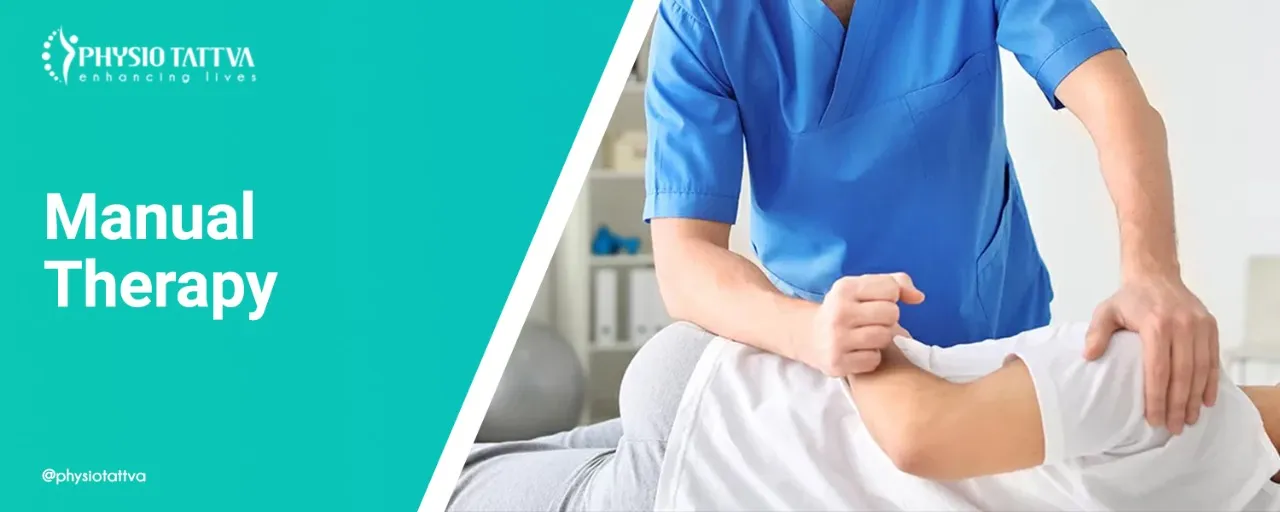
.webp)

.webp)









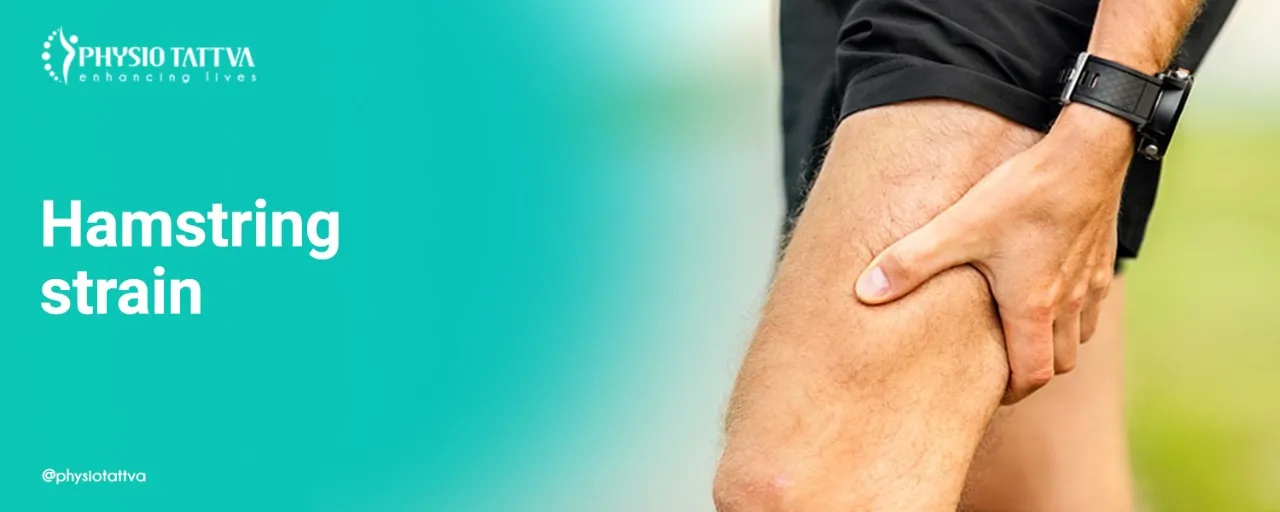

.webp)

.webp)
.webp)
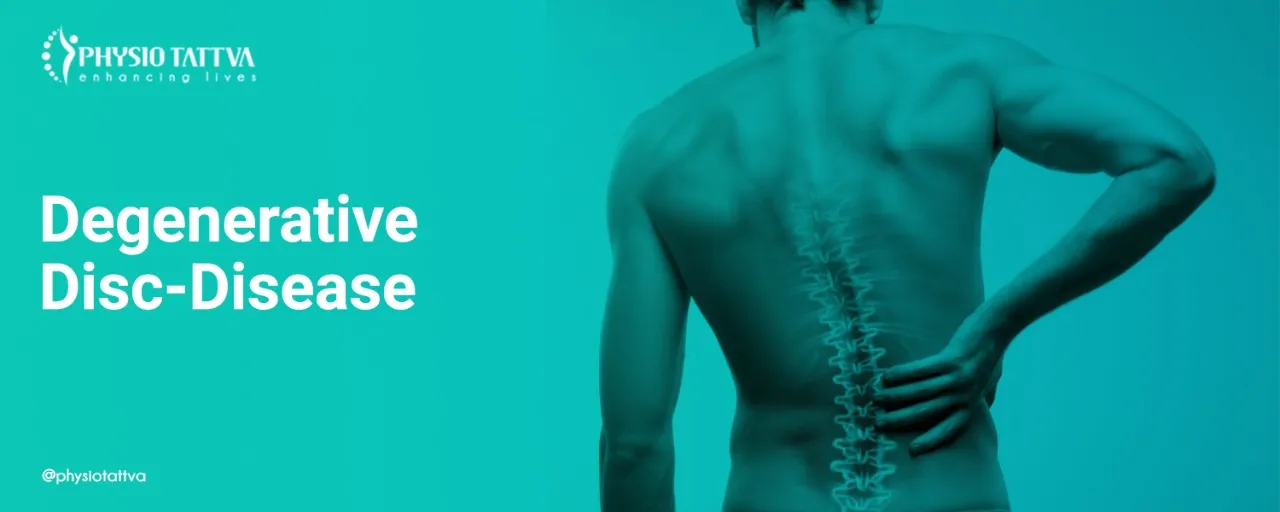







.png)







%20(1)-p-3200.jpeg)


.jpg)
.webp)
.webp)
.webp)

.webp)


